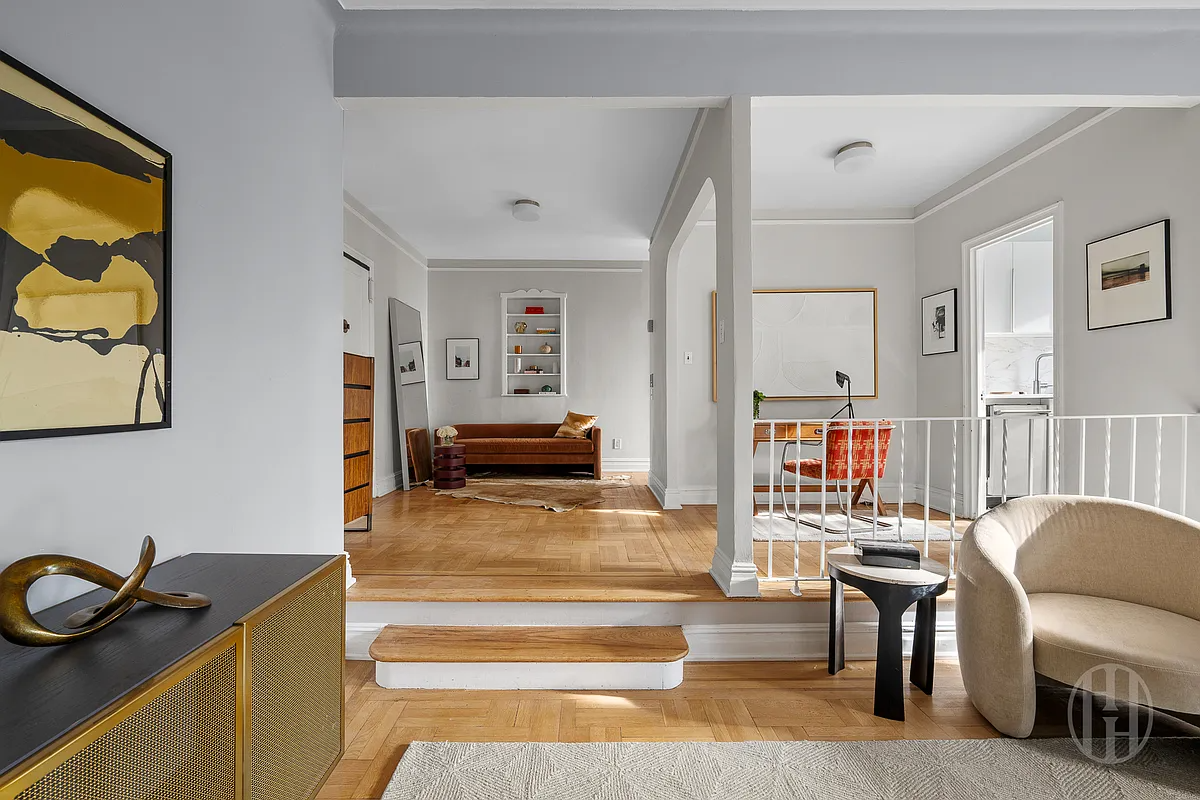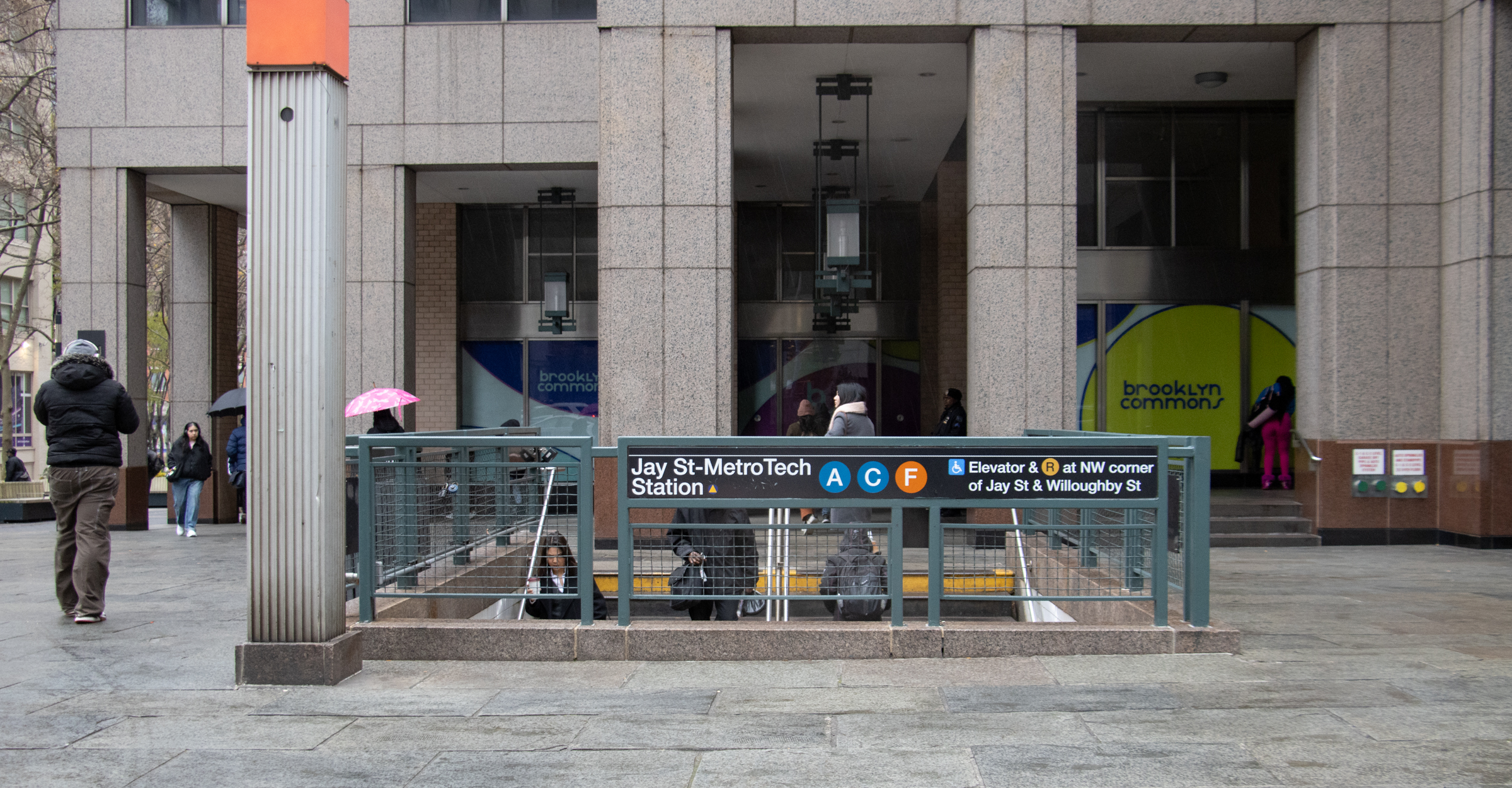Lack of Resources and Power Undermining LPC
Sunday’s NY Times article on the state of the Landmarks Preservation Commission left us feeling both discouraged and a little angry. Discouraged at the lack of resources afforded the commission at a time when it’s facing more pressure than ever from an encroaching real estate market and angry about the fact that the knuckleheads on…


Sunday’s NY Times article on the state of the Landmarks Preservation Commission left us feeling both discouraged and a little angry. Discouraged at the lack of resources afforded the commission at a time when it’s facing more pressure than ever from an encroaching real estate market and angry about the fact that the knuckleheads on the City Council have the authority the overrule LPC designations. Not to repeat our tirade over the 184 Kent debacle, but the fact that a neanderthal like Simcha Felder could have such an influence over the aesthetic landscape of our city is appalling. As for the decision to condemn the Purchase Building to the dump heap of history, our reaction is that it shows an incredible lack of imagination to claim that it could not have been incorporated into the waterfront park scheme. That said, we don’t know what kind of behind-the-scenes pressures and horse trading goes on that may go a lot further to explaining a decision like this. Are there quid pro quo deals cut in the back corridors of City Hall, “We’ll give you the Crown Heights Historic District if you give us the Purchase Building”? We’ve got no idea. Obviously the LPC has to pick and choose its battles and decide where to spend its limited political firepower, and evidently it deemed the Purchase Building either an unwinnable battle or not worth the cost.
Amid the Facades, Furrowed Brows [NY Times]
LPC Nails Purchase Building [Brownstoner]





It seems that DCP, rather than LPC, is now charged with preserving neighborhood character (“contextual” zoning). This is like the fox guarding the henhouse.
I don’t see how the purchase buildilng qualifies as a landmark. It was shoveled under the bridge years ago without regard to anything else in the neighborhood – it is an odd duck and as the Times story pointed out, hidden behind an ugly fence.
This is what I don’t get about Landmarks. This thing has been an eyesore for the ten years I’ve lived in the neighborhood and nobody says anything about it. They want to tear it down and suddenly it acquires value.
I think it trivializes what Landmarks ought to be doing – preserving the character of historic neighborhoods. If they’d been doing that when the Purchase building was built, it would never have been built.
What really gets me about Landmarks is that they waste time on stuff that doesn’t matter so much — minor alterations to buildings in historic districts, for example — that should be decided on a staff level, with appeal to the fuller commission. I presented a contextual cornice addition twice to the LPC, and both times I distinctly got the impression that they could be doing something way more important than my presentation.
–an architect in Brooklyn
I can’t understand lamenting the destruction of this building, unless its raising an alarm about the possibility of their being a slippery slope. I find this building unattractive, especially in its setting at the foot of the bridge. Not to mention, its designated for open space, and not some new blight. “to each his own” you write, well I agree, but preservation is not about one person’s idea of beauty, but rather a consensus. From what I can tell, there’s no consensus on this one.
Chacun a son gout
I’m happy to get rid of the Purchase Bldg. The pics that ran with that article showed the site before the Purchase Bldg and I thought it looked great. Bring back the Brooklyn Bridge!
It depends. The LPC does have the power to be more flexible. Often, a building’s exterior is landmarked but not its interior. Sometimes, the facade is saved as part of a new, taller structure. Other times, a developer can build on top of a building’s existing base.
…Sort of like an architecture mash-up – I like it.
This doesn’t apply to the Purchase building per se, but it did raise a question in my mind.
Why can’t there be a new kind of landmark preservation that is slightly more lenient in some cases– ie that allows builders to build around and on top of certain “landmarked” facades and shells, just to preserve the aesthetic, but lets development continue to flourish?
I think that not only would this save many GORGEOUS buildings which we deserve to be able to feast our eyes on, but it would also create a new, exciting architecture that has characterstics from both the past and the present. That kind of “collaborative” work is also really inspiring and would lead to more innovative design of the additions to the existing structures.
If this exception to the landmark strictness already exists, I apologize for my ignorance. But it seems to me that right now, the very concept of landmark means preserving the building’s inherent bones, as far as the interior even. This may be why so many buidling simply have to be “let go” — the standards are too unrealistic.
ps. I bought a landmark brownstone, so I have absolute respect for the concept, I jsut think it might need a littl tweaking to incorporate industrial and “modern” architectural landmarks.